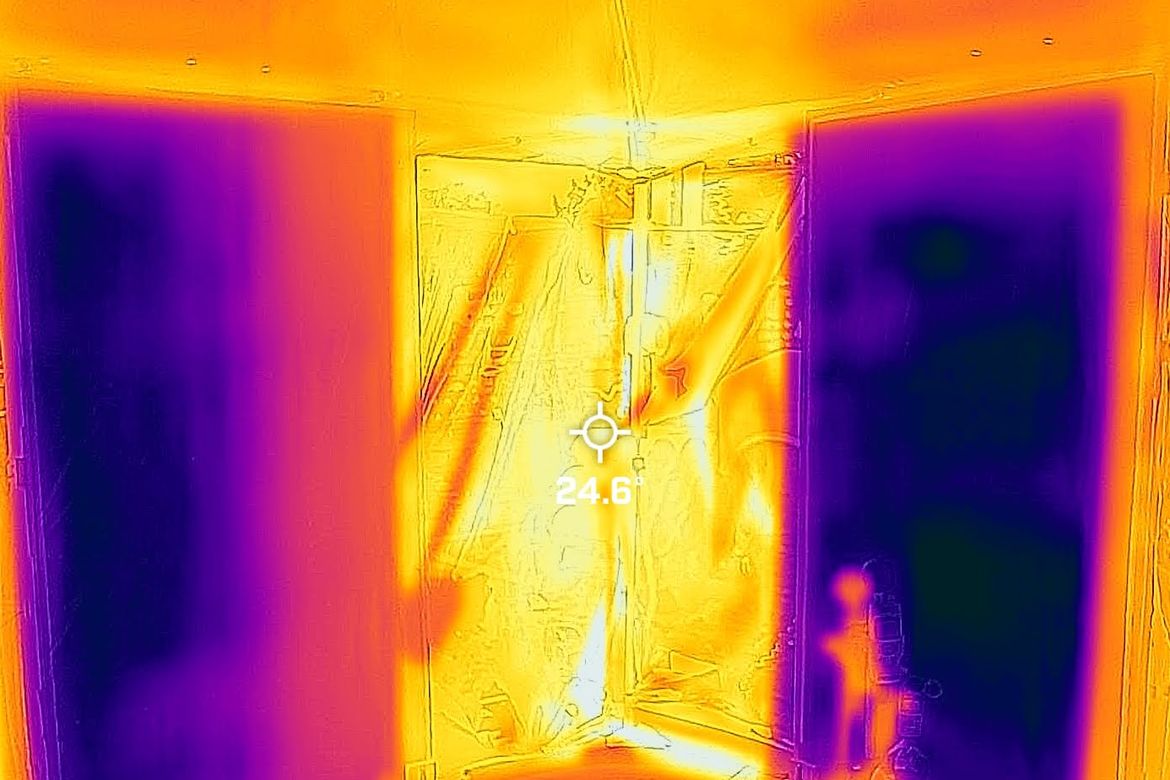2025-07-10 ナショナル・リニューアブル・エネルギー研究所(NREL)
<関連情報>
- https://www.nrel.gov/news/detail/program/2025/nrel-modeling-shows-geothermal-and-borehole-thermal-energy-storage-can-reliably-heat-buildings-in-extreme-cold
- https://www.sciencedirect.com/science/article/pii/S0378778825007662
アラスカ州フェアバンクスにおける2棟の建物の季節暖房負荷に対する地中熱ヒートポンプに接続した坑井蓄熱システムの技術経済的実現可能性 Techno-economic feasibility of borehole thermal energy storage system connected to geothermal heat pumps for seasonal heating load of two buildings in Fairbanks, Alaska
Hyunjun Oh, Conor Dennehy, Saqib Javed, Robbin Garber-Slaght, Kyle Dunn, Zachary J. Zody, Jamie Potter, Anna Wagner
Energy and Buildings Available online: 17 June 2025
DOI:https://doi.org/10.1016/j.enbuild.2025.116036
Graphical abstract

Highlights
- Subsurface characterization for borehole thermal energy storage in Fairbanks, Alaska.
- Geothermal gradient was estimated using thermal response test results as 27.9 °C/km.
- The annual heating load in the buildings was 5.6 times higher than the cooling load.
- Production temperature at central wells was 33% higher than at outer boundary.
- The 5-year preheating period led to a higher annual average and total production.
- The BTES reliably supplied the building heating loads throughout 20-year lifetime.
Abstract
Borehole thermal energy storage (BTES) is an effective solution for managing imbalanced heating and cooling loads in cold regions. This study evaluated the long-term feasibility of a BTES system in the Fairbanks area, Alaska, through building energy modeling, resource characterization, and numerical modeling. The system was designed to store waste heat from a nearby coal power plant during summer and provide thermal energy during winter to geothermal heat pumps supplying heating loads in two buildings. Heating load profiles were modeled for the buildings using EnergyPlus, and the results indicated the annual heating load was 5.6 times greater than the cooling load. 40 borehole heat exchangers were pre-designed approximately 100 m away from the two buildings in terms of land availability and regulatorily optimized depth. The 20-year performance of the designed BTES system under two operational scenarios—one with a 5-year preheating period and one without—was numerically modeled using subsurface temperature and properties characterized through the literature review and thermal response tests. Both scenarios demonstrated that the BTES has the capacity to fully cover the heating loads in the two buildings throughout the 20-year lifetime. Production temperatures at central wells were 33 % higher on average than at outer wells in both scenarios. The 5-year preheating period increased subsurface and extraction temperatures, and correspondingly annual average and total thermal energy production was higher for 8 years than in the scenario without the preheating period. These results highlight the long-term reliability and sustainability of the BTES system in meeting heating demands over its lifetime, with the preheating period offering potential performance improvements. Implementing the BTES system in cold regions with high heating demand, such as Fairbanks, Alaska, could provide a long-term, sustainable energy solution for managing imbalanced heating and cooling loads.



